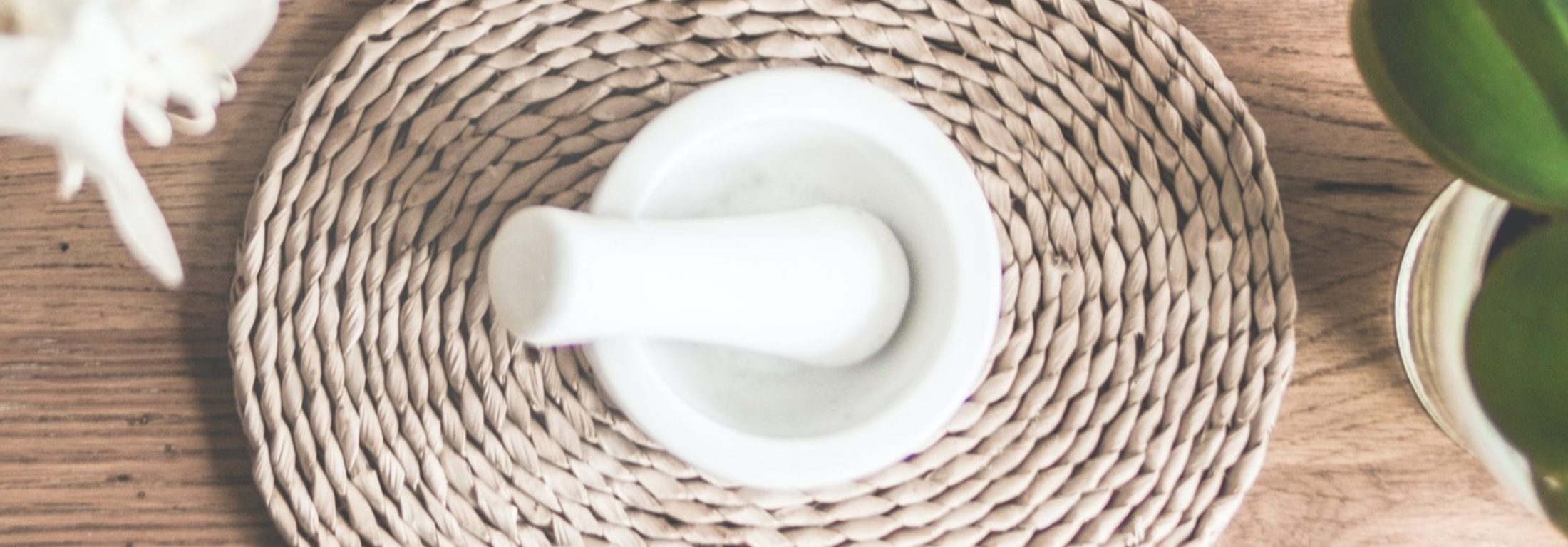For the better part of 2020, many of us have wondered if we were exposed to SARS-CoV-2 (the coronavirus causing COVID-19). As a result, hospitals, clinics, and pharmacies have tried to keep up with the public demand for testing.
Back in June, a health care provider sent me information for testing in a nearby NJ urgent care. I arrived to a half-filled parking lot, and about 5 minutes later a staff member came to my car and handed me some paperwork. Within 10 minutes I was given the OK to go inside the clinic! A physician assistant came into the room and asked me what test(s) I wanted to get: a diagnostic test and/or an antibody test.
After a moment of hesitation, I quickly responded with “both!?”
He took a blood sample for the antibody test and did a nasal swab for the diagnostic test. I had never felt the stinging urge to sneeze and tear up at the same time until that moment! 2 days later I got a phone call with my results.
Fast forward to late November. I woke up with frequent sneezing, watery eyes, and sinus pressure/pain. These were my usual cold symptoms. However, a family member had experienced similar symptoms a few days earlier so I started to question whether I had a simple cold or not.
The weekend after Thanksgiving, I visited two different urgent care centers in NJ — on two different days — and every time they had run out of COVID-19 tests! On all occasions, I had arrived no later than 11AM.
One clinic told me my best chance was to get there the next day around 5 or 6 AM to get in line.

After returning to Philadelphia to finish the fall semester, I continued looking for testing options. I tried making appointments at pharmacies like RiteAid and Walgreens, but availability was very limited or the locations were very far.
I finally called a local clinic that sounded promising, and started the screening process over the phone while jumping in my car.
About 10 minutes later, Google maps showed that I was one block away. I looked up and saw a long line of cars flashing their emergency lights. My first reaction was to become saddened because this must be a funeral procession. But then I noticed the cars were not moving at all, and that there was also a line of pedestrians leading to my destination.
When I finally arrived, I realized everyone was there for the clinic I had called! People were standing in a long line forming a zigzag across the parking lot, bundled up in jackets and scarves. I continued driving around the block and finally found the end of the drive-thru line on the street parallel to the entrance.
I decided to head back home because there was little to no chance of getting tested that day. Tired and disappointed, I was ready to give up my search.
As a last resort, I made a telehealth appointment with an urgent care in Philly. The process was straightforward, I got a visit for the same day, and navigating the zoom call was a breeze after the months of online learning experience. The doctor asked about my symptoms, if I had been exposed to someone who was infected, and other screening questions.
He then emailed me a physician order and instructions for testing at Thomas Jefferson University Hospital. I was able to make an appointment for the following day!

When I arrived at Jefferson for drive-thru testing, there were 4-5 cars ahead of me. A nurse then performed a nasal swab and gave me instructions to make an online portal for reviewing my results. The whole process took 15-20 minutes.
I had finally gotten a COVID-19 test after almost 2 weeks of trying!
Two days later I got my results titled “SARS-CoV-2 RNA Qualitative NAAT.” NAAT stands for nucleic acid amplification test. This diagnostic test uses reverse transcription polymerase chain reaction (RT-PCR) technology to amplify regions of the SARS-CoV-2 gene. Detection of any of these regions constitutes a positive result.
The bottom line
If you are trying to get tested, I suggest that you first call your primary care provider (PCP). Even if their office does not perform testing, they will provide you with a testing order and refer you to nearby testing sites after a short telehealth visit.
The Families First Coronavirus Response Act ensures that COVID-19 testing is free to everyone in the United States, even those who are not insured. If you do not have health insurance, your PCP will be able to discuss additional resources and options.
By making a testing appointment through this method, you can avoid the long first-come-first-serve lines while still taking care of your health!


Be the first to reply